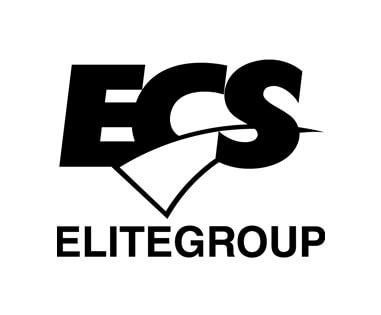I have just bought a new 120gb diamondmax plus 9 (8mb cache), and have been trying it out for analogue video capture through avi_io. I am capturing using mjpeg and high quality with full stereo sound, hence I am using nearly 3mb/s datarate - This hard drive benchmarks (using avi_io internal benchmark) at around 22mb/s, as opposed to my old one, a 5400rpm seagate , which benchmarks around 5 mb/s. So all is well. Or so I thought.
I have found more dropped frames since using the maxtor as a capture drive than when I was using a slower seagate which was also a boot drive! I am not best pleased,as other than gaining 120gb of space, I feel as though I have wasted my money!
What sort of figuires should I get?
Additionally, I have made a few experiments. I do not possess any udma133 controllers, so I am using my drive on the ide connectors on the mainboard. THese are ata100. I get my best results with it in the master ide channel.
Now this board also has a RAID HPT370A controller built in, to allow RAID. When the drive was connected to the HPT, frame drops galore! I was dropping at least one frame per second of capture at it s worst, but it did settle down a wee bit later - still very bad though.
This being the case, I was wondering if some mobo manufacturers have very bad IDE implementations, particularly with HPT controllers? This is an old EPOX board, an 8K7a+, which uses VIA 686B, which seems to be a dirty word in some threads on this board. Is this perhaps my problem?
I can live with the performance of the main ATA 100 IDE connections - the RAID is obviously unnacceptable. All I can say is thank god I decided against buying two drives and using RAID 0+1 on them. Christ knows what the performance would have been. I was wondering if on board RAID is generally poor, and only separate cards are worth it perhaps?
I would really appreciate some feedback if anyone has any experieces or opinions that may be of use here.
thanks,
Morgoth
System:
Athlon 2000XP , 256mb ddr pc2100 RAM
Epox 8K7A+ mainboard
seagate 20gb boot drive
120g maxtor plus 9 capture drive
Sb live value
G200 Marvel
win 98se
I have found more dropped frames since using the maxtor as a capture drive than when I was using a slower seagate which was also a boot drive! I am not best pleased,as other than gaining 120gb of space, I feel as though I have wasted my money!
What sort of figuires should I get?
Additionally, I have made a few experiments. I do not possess any udma133 controllers, so I am using my drive on the ide connectors on the mainboard. THese are ata100. I get my best results with it in the master ide channel.
Now this board also has a RAID HPT370A controller built in, to allow RAID. When the drive was connected to the HPT, frame drops galore! I was dropping at least one frame per second of capture at it s worst, but it did settle down a wee bit later - still very bad though.
This being the case, I was wondering if some mobo manufacturers have very bad IDE implementations, particularly with HPT controllers? This is an old EPOX board, an 8K7a+, which uses VIA 686B, which seems to be a dirty word in some threads on this board. Is this perhaps my problem?
I can live with the performance of the main ATA 100 IDE connections - the RAID is obviously unnacceptable. All I can say is thank god I decided against buying two drives and using RAID 0+1 on them. Christ knows what the performance would have been. I was wondering if on board RAID is generally poor, and only separate cards are worth it perhaps?
I would really appreciate some feedback if anyone has any experieces or opinions that may be of use here.
thanks,
Morgoth
System:
Athlon 2000XP , 256mb ddr pc2100 RAM
Epox 8K7A+ mainboard
seagate 20gb boot drive
120g maxtor plus 9 capture drive
Sb live value
G200 Marvel
win 98se








Comment